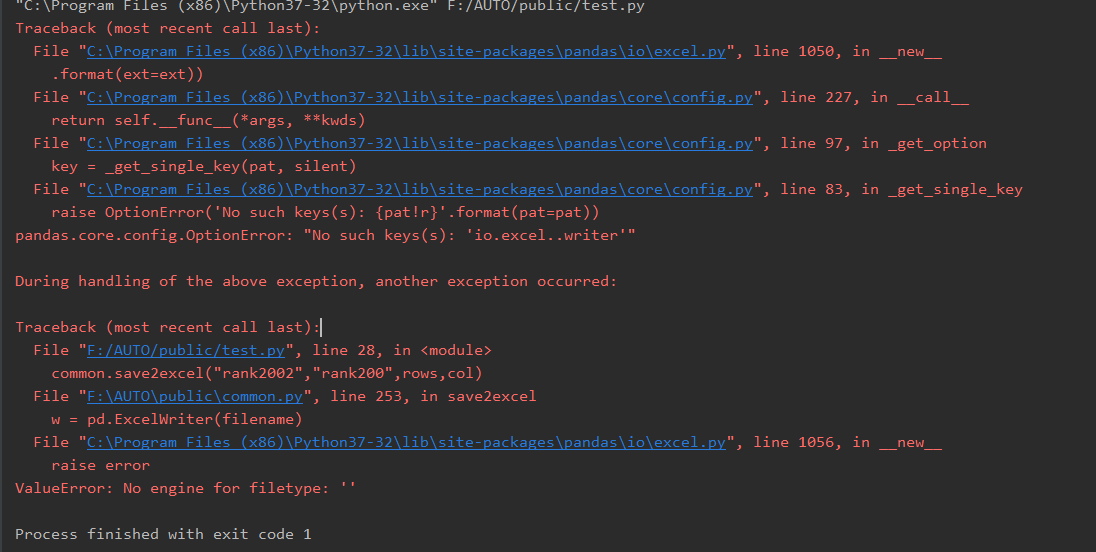

That’s why in Europe the semicolon is usually used, while in the USA and other English-speaking countries the comma is usually used, since it uses the point as a decimal format. However, there are still conflicts between the decimal formats of Europe (which are used commas) with comma separators. To date, the comma separated value system is still frequently used, especially when transferring data between non-compatible applications. From 2013, some deficiencies will be corrected to improve its compatibility. It is from that year when the CSV format becomes a MIME content type.

However, we must make a temporary jump to the year 2005 to talk about true standardization. Thanks to this feature, its compatibility is maximized. The main reason is that the stored data is unformatted and written in plain text. The CSV format began to be used to exchange information between databases hosted on machines with different architectures. Therefore, the data was introduced in a virtual file and the physical cards were left aside.


Later, and thanks to the massification of computing, this type of system ended up being digitized. That way, the computers of the time could read the data in a correct and orderly way. At that time, memory cards containing different values separated by commas or blank spaces were used. To discover its history, we must go back to 1972, when IBM began using a system similar to the current one, but more rudimentary. Like other popular formats, the CSV file has a long history within the computer world. There are different separators, used more or less frequently depending on the region we are in. Usually, the most common way is to read CSV files from Excel, since the program (although not in the older versions) automatically identifies the separators and forms the table without having to do anything else. csv files are directly associated with the creation of tables of contents. In this way, CSV files can be created very easily (we explain this later). The columns are defined by each semicolon ( ), while each row is defined by an additional line in the text. That said, a CSV file is any text file in which the characters are separated by commas, making a kind of table in rows and columns. Just paste your string into the right text box, select the delimiter and other options, and see your column/list in the left text box.ĬSV stands for Comma Separated Values. You can also do the opposite: convert a CSV (or other delimited string) into a column of text). You’ll see the new delimited list in the right text box labeled “Get/Enter Delimited List…”.Paste your column or list of data into the left text box where it says “Enter/Get Column Data Here…”.Remove Extra Spaces: If you have any issues with double spaces after removing lines, select this option.Remove Paragraph Breaks: This setting removes paragraph breaks which are two two line breaks in a row.Remove Line Breaks: This setting will remove any extra line breaks in case you have blank rows.You can choose from commas (the default), commas with spaces after, spaces, and others. Delimiter: The delimiter is the value you want to separate items in your lists.Reverse list: Reverse the list that you entered so that you can have the values backwards.Helpful if you have a column where the first letters in each row are capital, and you want a comma-separated list without capitals. Lowercase list: Lowercase all of the items in the list.Change any settings you want on the right side of the comma separator by selecting how you want to separate the line breaks once you remove them.You can use our comma separator tool to convert column lists to comma-separated value (CSV) lists quickly and easily. You can do the reverse and convert a delimited list to a column. Copy your column of data and watch the conversion happen.
#Pandas word writer free
Our free comma separator tool automatically converts a column to a comma list or list to CSV (comma-separated values).
#Pandas word writer how to
How to Use Our Comma Separator: Convert List to CSV


 0 kommentar(er)
0 kommentar(er)
